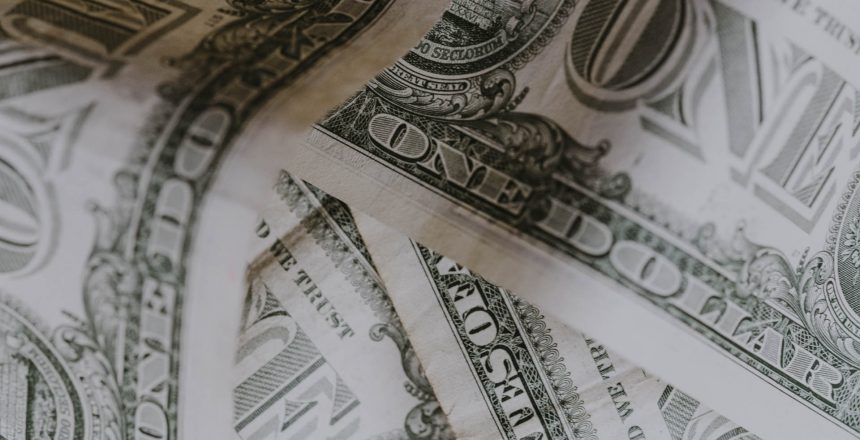Rates are at lows that I have never seen. The US weekly average rates were 2.71% for a 30 year fixed and 2.26% for a 15 year fixed for the week of 12/10/20. Over the last ten years, you can see on the chart below that these rates are rock bottom for fixed rate loans. For adjustable rate loans, lenders likely find those borrowers riskier and have adjusted their rates according to the increased risk.
David Gunning, of Independent Lending Corp, estimates that as many as 70-75% of mortgage holders who could benefit by refinancing, have yet to do so. With rates as low as they are, the main reasons that mortgage borrowers haven’t refinanced is: 1) Don’t know where to start, 2) It takes time and effort, 3) are skeptical of too-good-to-be-true advertisements, or 4) already refinanced 6+ months ago.
Why do people refinance in the first place?
Here are the top reasons to refinance your mortgage:
- Lower your monthly payment. Whether or not you have paid down principal, refinancing to a lower rate will lower your monthly payment. For example, a $650,000 loan that is currently at 3.75% has a monthly payment of $3,010. A new monthly payment at 2.875% is $2,697 for a monthly savings of $313. Assuming closing costs of $3,500, the loan pays for itself in 11 months. You can take this monthly savings and invest in a higher yielding investment or use it towards other living expenses.
- Shorten the term. If you have the cash flow to support a shorter-term loan payment, locking in a 15 year fixed rate may not increase your monthly payment much. This usually works best if you are many years into your current loan and have paid down some principal. Shortening the term of your loan saves a ton in interest expense. A 15 year fixed, or even 10 year fixed loans can be a great tool to help realize your college or retirement savings plan. Is paying the extra now worth being mortgage-free in 10 or 15 years? For many it may be.
- Consolidating Debts. If you have a HELOC or 2nd mortgage, consolidating your debts at low rates can reduce your monthly payments and overall interest on these debts. Although HELOCs are typically interest only for the first ten years, the rates are higher than a fixed rate mortgage. Unless you have a specific plan to pay down your HELOC at an accelerated pace, it is generally best to reduce your variable rate exposure and “fix” that rate – preferably during a low interest rate environment like now.
- Cash Out for Home Improvement or other investments. If you have more equity in your home and would like to make improvements, or even purchase an investment property, low rates can provide you with a low-cost way to make these investments. I do not recommending using your home equity as an ATM for recurring expenses; however, diversifying some of the equity in your home into other investments while the cost of borrowing is low is a wise approach – assuming the other investment is sound.
- Strategically lower your rate if planning to turn home into a rental. Owner-occupied homes have lower interest rates because they are deemed less risky. If you plan to turn your home into a rental in the future, you can lock in a low long-term rate as a homeowner and keep this rate even if the home is eventually a rental.
Who is the best lender?
The lending universe is vast, and when you start looking for rates it can feel overwhelming. Potential Lenders include: large banks, credit unions, independent brokers, and Internet companies. If you are W2 family, the process can be easy. However, if you are self-employed or have other forms of income, it can get tricky. Just like many things in life, you can outsource finding the best deal to an independent broker like my friend David. I love his business model because his goal is to find clients the best deal. If he can’t beat the big banks or other lenders on rates, he’ll let you know, and will connect you with another lender who can.
When not to refinance?
Back in 2012, I refinanced my mortgage to a 15 year fixed at 3%, which I thought was amazing. While my payments were high due to the shorter term, the new loan saved me over $300,000 of interest over the life of the loan. Now that I’m 8 years in, my principal balance is nearly half of what it was when I started the loan. I could likely get a 2.375% rate on a 10 year fixed mortgage. However, refinancing doesn’t end up saving me any money and would lengthen the term of my mortgage. In fact, I would be worse off due to closing costs.
What should you do?
Rates will likely remain low until Covid is under control and the economy is relatively back to normal. At a minimum, look up your current mortgage principal balance, rate and monthly payment. Call your current lender to see if they can offer you a better rate. If you don’t have time to sit on hold, call David and get his advice on whether a refinancing makes sense. Whether a refi saves you $300 per month or $300,000 in interest, it is worth a phone call. You can reach David at 415-390-5200 or better yet – schedule a free consultation with him directly here.



